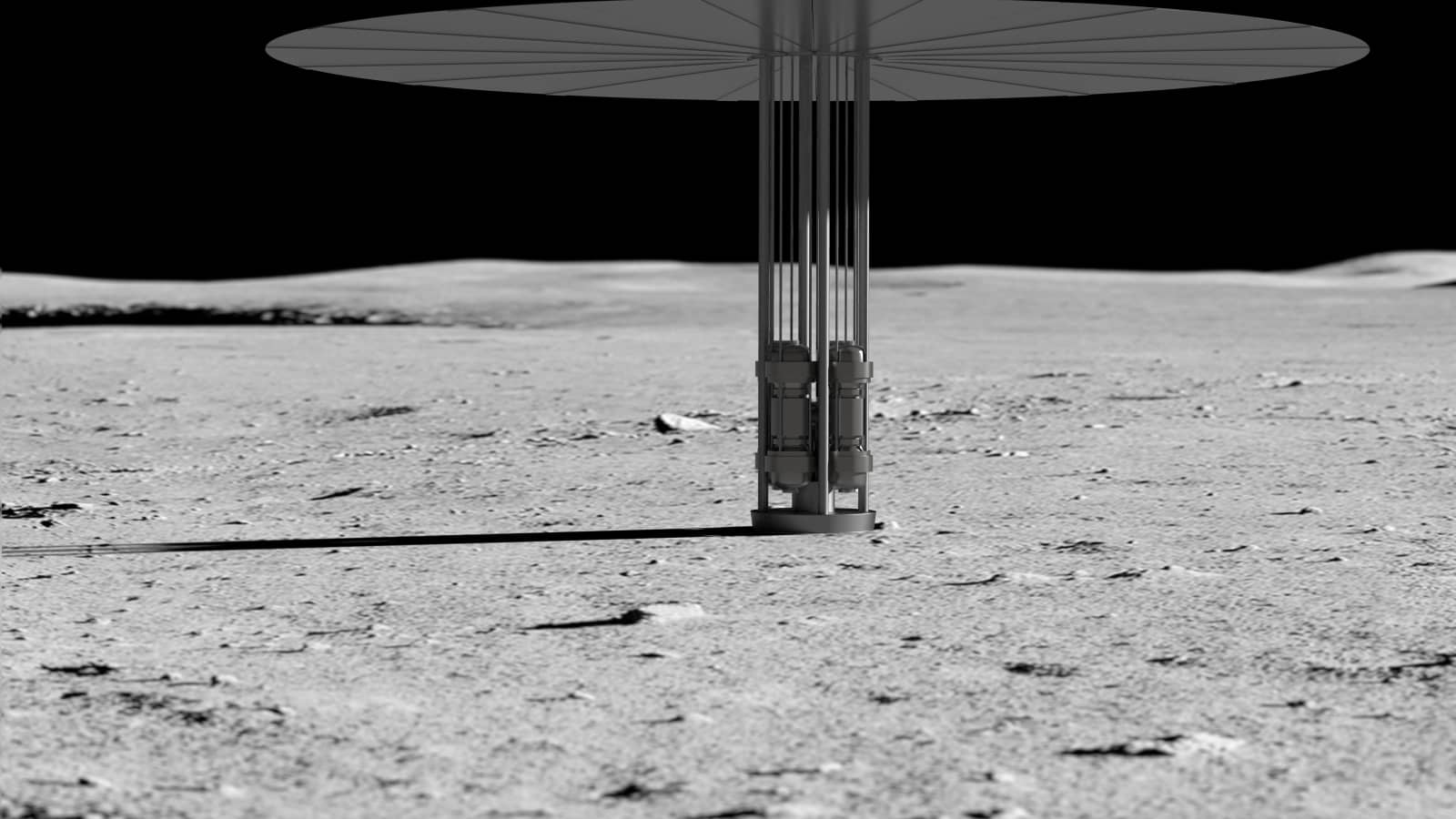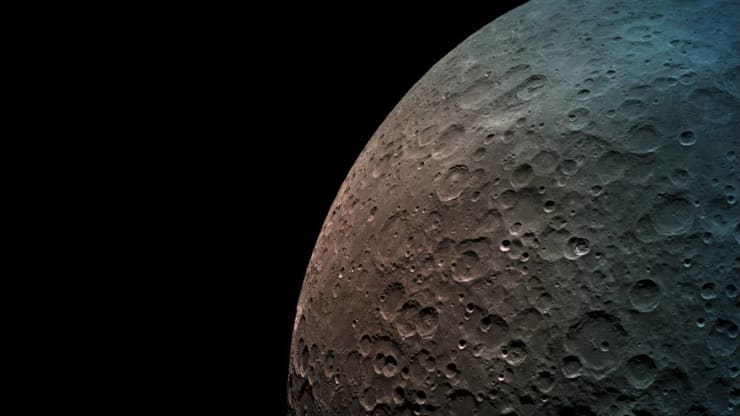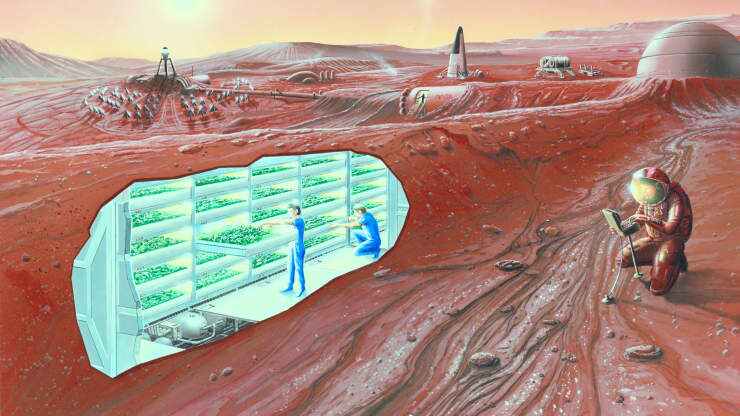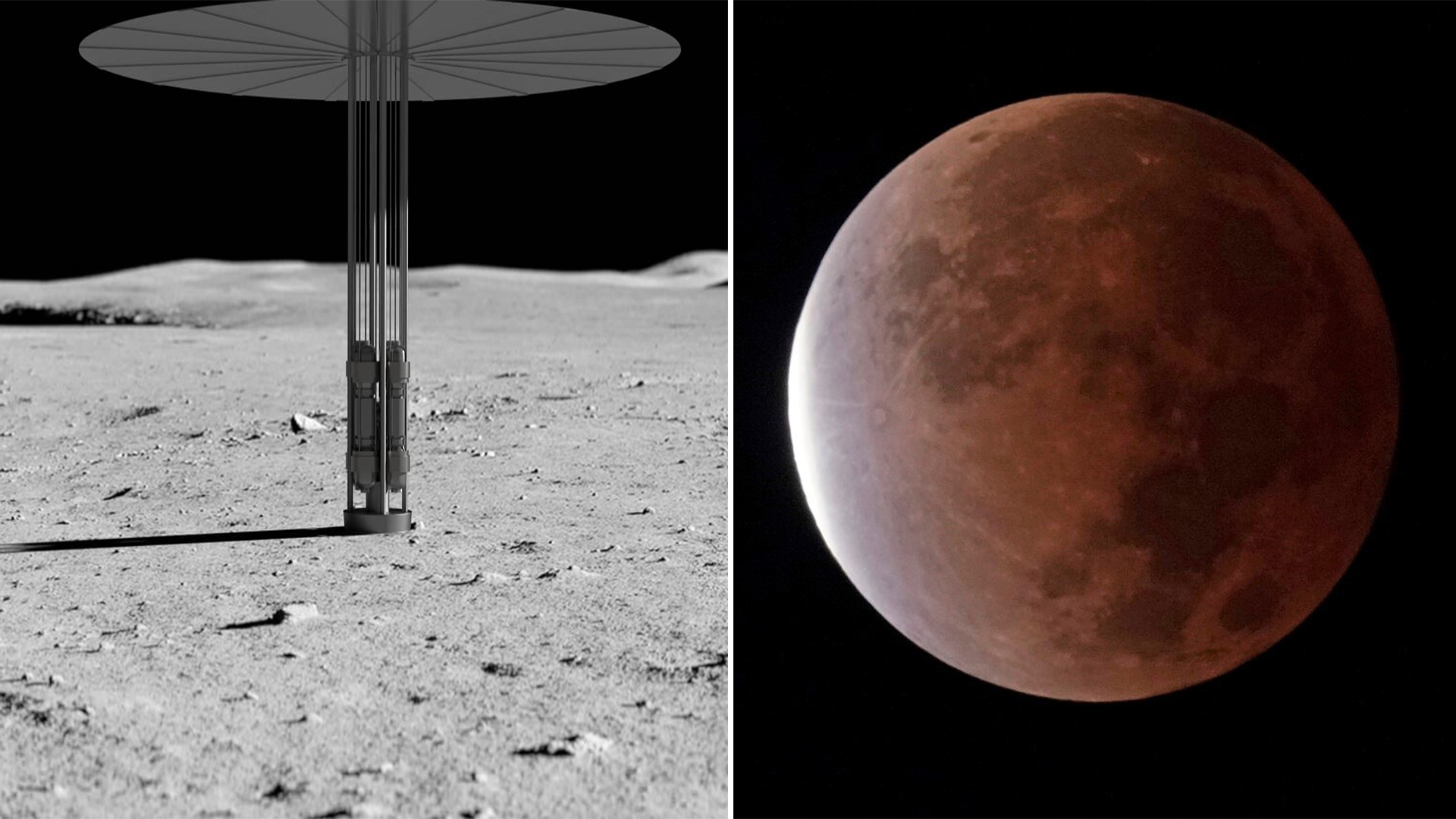NASA is cooperating with the US Department of Energy’s Idaho National Laboratory to develop a sun-independent power source for lunar missions before the end of the decade. On Friday, the two issued a call for ideas for a fission surface power system.
“Providing a dependable, high-power system on the moon is a critical next step in human space travel, and attaining it is within our reach,” said Sebastian Corbisiero, the lab’s Fission Surface Power Project lead.
If it is possible to sustain a human presence on the moon, the next goal would be Mars. According to NASA, fission surface power might offer continuous, ample electricity regardless of the climatic conditions on the moon or Mars.
“I expect fission surface power systems will tremendously enhance our plans for power architectures for the moon and Mars, and even stimulate innovation for usage here on Earth,” said Jim Reuter, associate administrator for NASA’s Space Technology Mission Directorate.
The reactor would be constructed on Earth and then transported to the moon.

The submitted plans for the fission surface power system should include a uranium-fueled reactor core, a system to convert nuclear power into usable energy, a thermal management system to keep the reactor cool, and a distribution system capable of supplying no less than 40 kilowatts of continuous electric power for a period of ten years in the lunar environment.
Other needs include the ability to switch itself off and on without human assistance, the ability to function from the deck of a lunar lander, and the ability to be removed from the lander and operated on a mobile system before being relocated to a new lunar location for operation.

Furthermore, when launched from Earth to the moon, it should fit inside a 6-meter-long 4-meter-diameter cylinder. It must not be heavier than 6,000 pounds.
The request for proposals is for an initial system design and must be submitted by February 19.
Previously, the Idaho National Laboratory collaborated with NASA on a number of projects. Most recently, the lab provided a radioisotope power system to NASA’s Mars rover Perseverance, which transforms heat generated by the natural decay of plutonium-238 into electrical power.
Is a nuclear reactor safe on the moon?
The concept of a nuclear reactor on the moon may appear strange — even hazardous — to the general population. While there are numerous issues to consider in this attempt, according to Andrew Crabtree, founder of the Get Into Nuclear employment agency, the problem of whether it is safe to use nuclear power in space is not one of them.
“Nuclear energy has been utilised in space previously,” Crabtree explained. “Atomic energy has been working on the moon since the launch of Apollo 12 in November 1969, effectively withstanding enormous temperature changes.” “Apollo 12 was the first time a nuclear electrical power system was used on the moon.”
He also stated that individuals who are concerned about keeping the environment clean should relax.
“Before you say things like, ‘We should not be contaminating space with nuclear waste,’ keep in mind that practically every single space mission you have ever heard of has employed radioisotope thermoelectric generators powered by Plutonium-238.”
According to Shel Horowitz, a profitability and marketing consultant for green enterprises, establishing a nuclear power plant on the moon would be a waste of time and money.
“With the fast lowering cost of really clean electricity from the sun, wind, and small-scale hydro, as well as the rising efficiency we have obtained via conservation,” he continued, “there is no reason to go through a protracted, expensive, and difficult process.” “Without this, we can fulfil our energy demands.”
Calomino responded by saying that this project may very likely demand for the usage of the same renewable energy sources mentioned by Horowitz. Other future missions may require them as well, although the inherent obstacles of functioning in space may make adopting renewable energy sources problematic, if not impossible.

Other variables to consider, according to Steve Melink, author of Fusion Capitalism: A Clean Energy Vision for Conservatives and founder and CEO of Melink Corp., a business that promotes renewable energy for the commercial building sector.
“When, not if, something goes wrong, how will we address it, especially if it is an urgent problem?” he wondered. “Nuclear power is so intricate that anticipating every anticipated difficulty will need components, specialists, and supplies that do not appear to be practical for future generations.”
He suggested that NASA employ solar photovoltaics, which he claimed are currently being used to generate electricity in space and that he described as a viable alternative.
“Fission surface power is necessary in places where solar power, wind power, and hydro power are not readily available.”
“The cost of solar photovoltaics has gone down so dramatically in the last ten years that utilities, businesses, and schools all over the world are installing it over other viable choices,” he added of the technology. “There are no catastrophic threats like as meltdowns, radioactive pollution, or total power outages.” Solar is the best answer for long-term redundancy and expansion.”
Despite these reservations, Calomino stated that NASA’s first goal has always been safety. The project must still be approved by the National Environmental Policy Act, which involves assessing the project’s environmental impacts, and the power system will be built such that nuclear fuel will not be triggered until it reaches the moon’s surface.
“Unlike terrestrial reactors, there is no intention of removing or replacing fuel,” he explained.
Calomino stated that at the end of its 10-year duty, the plant will be securely retired.
“At the end of its useful life, the system will shut down, and radiation levels will gradually decrease to safe levels for human access and handling,” he explained. “The used systems may be relocated to a remote storage facility where they would pose no risk to the crew or the environment.”

While this project is still in its early phases, it demonstrates that the nuclear energy sector is still pushing the envelope. Despite the complexities of the nuclear power issue, Dr. Morey believes it is appropriate for powering the United States’ space initiatives.
“Nuclear energy has always been a very clean and incredibly effective kind of energy,” he remarked. “In reality, it will be critical to deep space travel and, more crucially, to humanity’s evolution into a multi-planetary species.” “Until the next type of efficient, clean energy is discovered, the nuclear sector will witness a rebirth in this new dawn of space travel.”

